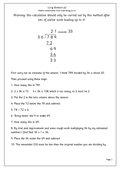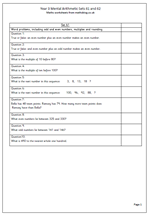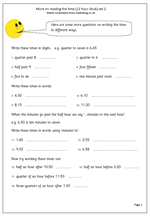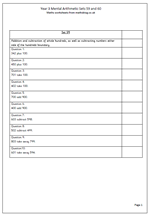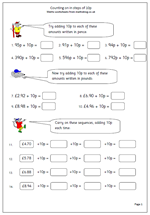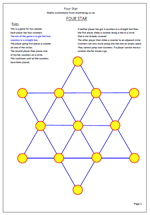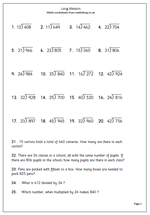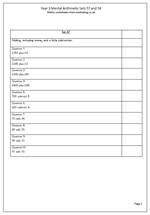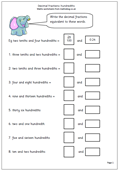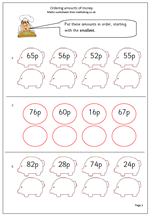Most of our calculating worksheets are found in the respective year groups under ‘Calculations’, but I have provided a considerable number of extra pages in the ‘Four Rules’ section of the site which is often overlooked by our browsers.
This section covers both mental and written methods of addition, subtraction, multiplication and division and is steadily increasing over the weeks. With over 100 worksheets already, it covers skills from Year 1 right up to Year 6; from adding a single digit up to long division and there are some very clear descriptions about how to tackle these tasks.
Siome of the most tricky concepts, including the standard methods of multiplication and division can be practiced at length and there are clear set by step guides on how to do them.
